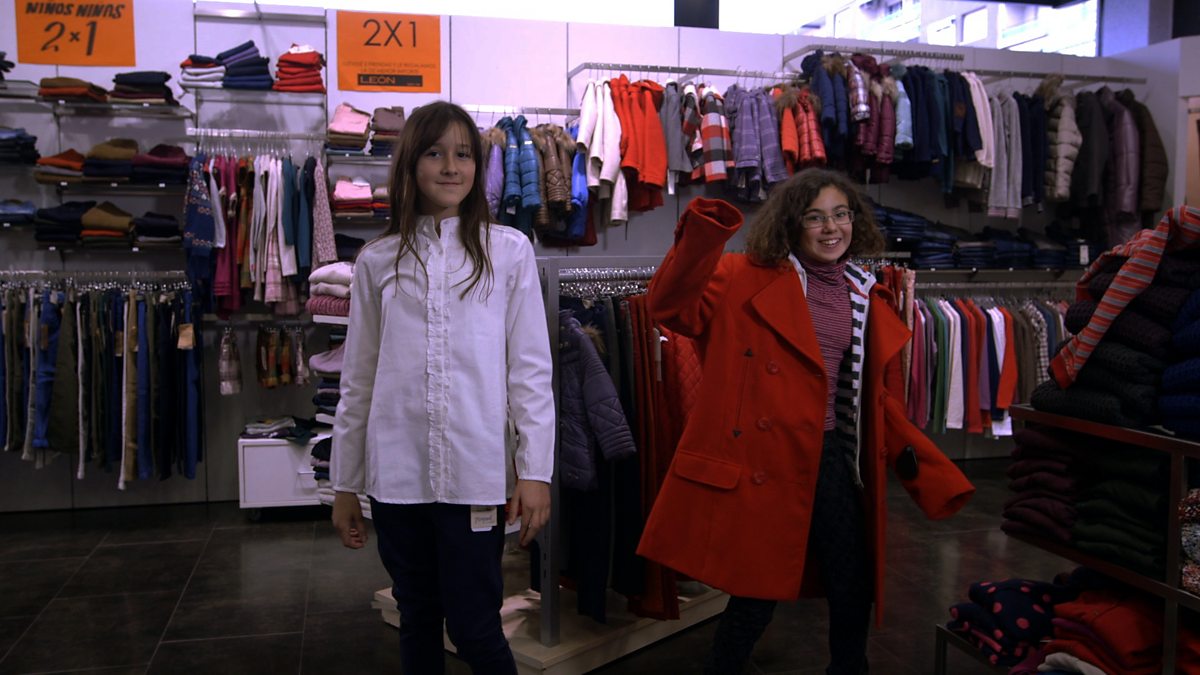

Each brand has its own individual charm and audience. As well as Zara, it owns seven other retail chains: Zara Home, Massimo Dutti, Bershka, Oysho, Pull & Bear, Stradivarius and Uterque. Today, Inditex is one of the biggest fashion companies in the world. Accessible yet high quality and always on-trend, Zara adds something new and unique to a classic designer look. It’s now an open secret that many of the most fashion-forward looks are a mix of high-end and high-street pieces, and Zara is named in street-style features time and time again. If any brand has truly cornered the market for translating catwalk trends to the high street, it is Zara, a label loved by fans of high-street fashion and luxury labels alike.
#Timeless fashion in spanish plus
Here, we bring you some of our favourite continental labels, plus our pick of their latest collections.

Elsewhere, newer names like La Portegna and Bimba y Lola are putting Spanish design on the map. At the designer end, Loewe with the UK’s Jonathan Anderson at the helm, is a firm A-list favourite, with waiting lists for its coveted bags. The likes of Zara and Mango have become go-to stores for shoppers looking for affordable fashion that translates catwalk looks into wearable, flattering pieces. In the first edition of El Quixote, in 1605, a diminutive of the word appeared: gilecuelo.You might not realise it, but Spanish fashion brands can be found on most of world high streets. Contemporary gilets are used for additional warmth outdoors. Historically they were fitted and embroidered, and in the 19th century the gilet was a bodice shaped like a man’s waistcoat. It is a sleeveless jacket, much like a waistcoat or vest that forms an important part of traditional Spanish clothing. The Gilet: The word gilet comes from the Spanish word jileco (from Arabic word yalíka), or chaleco in modern Spanish. The peineta, used on special occasions, originated centuries ago making it a traditional piece of Spanish clothing. It is usually tortoiseshell colored with a curved body and long prongs to increase the height. The peineta is a large decorative comb placed in the hair to hold up the mantilla. It is a light lace or silk scarf that is worn over the head or shoulders on a high comb and held in place by pins. The mantilla is a traditional Spanish veil piece that is often worn during religious celebrations such as Spanish weddings. The most common pieces, still used today, include: the mantilla, the peineta, and the gilet. Most traditional Spanish clothing is reserved for special events and celebrations. They are not often worn, but you can often catch a glimpse of them during regional celebrations and parades. In addition to these Spanish costumes for specific performers, every region in Spain has its own traditional clothing and Spanish dresses. They are known as “suits of lights” (traje de luces) and easily distinguished by their use of sequins, gold and silver threads, and detailed embroidery. Traditional Spanish bullfighters costumes have also remained unchanged over the years and are elaborate costumes inspired by the flamboyant 18th-century Andalusian styling. The male flamenco performers' traditional costumes consist of black or red tuxedo shirts and classic slacks. Flamenco performers still wear typical Spanish dresses in red, black, or white with their hair in a bun and sometimes a rose behind their ear. Today, Spanish fashion is very modern, but traditional Spanish clothing is still worn for special events. Cities like Paris were more innovative and began to lead the way in 17th-century European fashion. As a result, traditional Spanish fashion would eventually become outdated and give way to French dominance. But these Spanish styles failed to evolve with the rapidly changing times. The apparel in Spain was often made of rich and heavy fabrics and decorated with gold or silver threads.

The color black became popular for special events and both men and women wore heavy gold necklaces with precious stones. The Moorish culture popularized rich embroideries with the introduction of the use of jewels (often as buttons) and perfume as well as heavy girdles and collars. Spanish traditional clothing was heavily influenced by the Moorish culture, which dominated parts of the Iberian Peninsula from 711 AD until their expulsion in 1492. The style was cumbersome for Renaissance women and it took them hours to get dressed. As Habsburg Spain grew in power, Spanish fashions such as Spanish capes, corsets, and farthingales became popular all over Western Europe.įarthingales were bell-shaped hoop skirts made up of whalebone, cloth, and intricate cages of wire underneath women’s clothes.


 0 kommentar(er)
0 kommentar(er)
